
-
Find the right food for your petTake this quiz to see which food may be the best for your furry friend.Find the right food for your petTake this quiz to see which food may be the best for your furry friend.Health CategoryFeatured products
 Adult 7+ Healthy Cuisine Roasted Chicken, Carrots & Spinach Stew Dog Food
Adult 7+ Healthy Cuisine Roasted Chicken, Carrots & Spinach Stew Dog FoodDelicious roasted chicken paired with tender vegetables in a succulent stew
Shop Now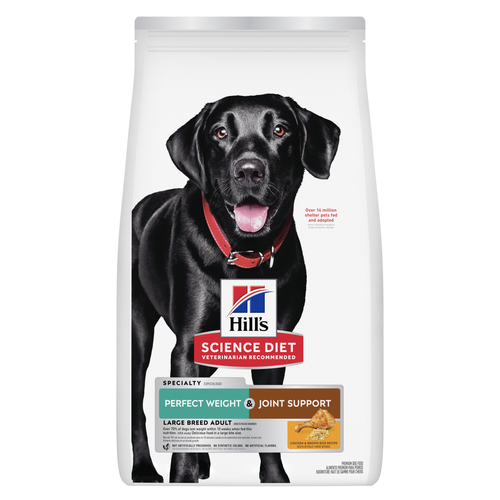 Perfect Weight & Joint Support Large Breed Chicken & Brown Rice Recipe Dog Food
Perfect Weight & Joint Support Large Breed Chicken & Brown Rice Recipe Dog FoodThis weight management and mobility support dog food was created with Hill’s unique understanding of the biology of overweight dogs
Shop Now Adult Salmon & Brown Rice Recipe Dog Food
Adult Salmon & Brown Rice Recipe Dog FoodSupports lean muscle and beautiful coat for adult dogs
Shop NowFeatured products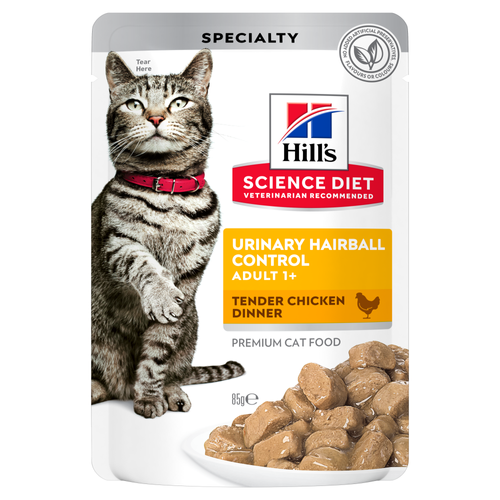 Adult Urinary Hairball Control Tender Chicken Dinner Cat Food
Adult Urinary Hairball Control Tender Chicken Dinner Cat FoodPrecisely balanced nutrition to support urinary health from kidney to bladder. With natural fibre technology to help reduce hairballs.
Shop Now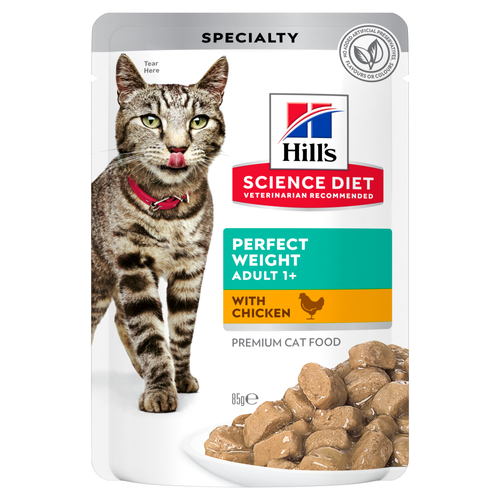 Adult Perfect Weight with Chicken Cat Food
Adult Perfect Weight with Chicken Cat FoodBreakthrough nutrition for your cat’s healthy weight maintenance and long-lasting weight support
Shop Now Adult Salmon & Brown Rice Recipe Cat Food
Adult Salmon & Brown Rice Recipe Cat FoodSupports lean muscle and beautiful fur for adult cats
Shop Now -
DogCat
- Cat Tips & Articles
-
Health Category
- Weight
- Skin & Food Sensitivities
- Urinary
- Digestive
- Kidney
- Dental
- Serious Illness
-
Life Stage
- Kitten Nutrition
- Adult Nutrition
Featured articles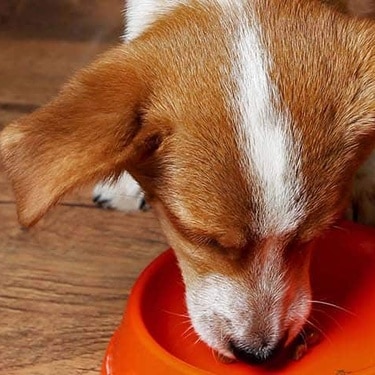 The Right Diet For Your Pet
The Right Diet For Your PetLearn what to look for in healthy pet food & nutrition, including ingredients, quality of the manufacturer, your pet's age, and any special needs they have.
Read More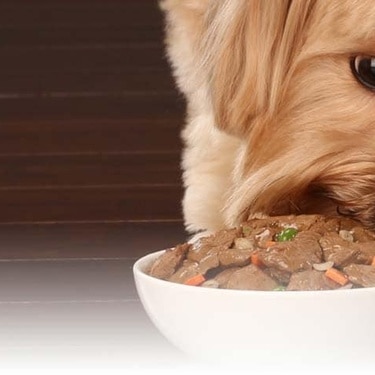 Pet Food Storage Tips
Pet Food Storage TipsWhere you store your cat and dog food can make a big difference in the quality and freshness once it is opened. Here are some common questions and recommendations for optimal storage for all of Hill’s dry and canned cat and dog food.
Read More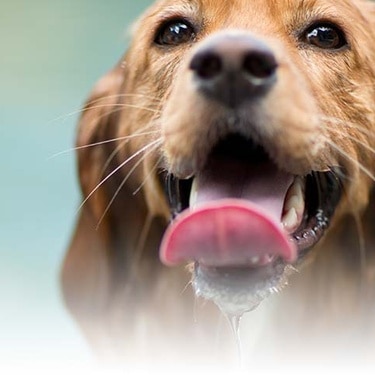 Water
WaterWater is the most important nutrient of all and essential for life. Animals can lose almost all their fat and half their protein and still survive, but if they lose 15% of their water, it will mean death.
Read More -


If you've ever scarfed down a slice of cheese pizza while your dog longingly eyes your piece of pie, you might have been curious as to whether or not dogs can eat cheese. Maybe you're just curious if cheese is bad for dogs? Since the food can be a nourishing treat for humans, it makes sense to question whether it might also benefit your pet. Here's a breakdown of the pros and cons of sharing this snack with your pooch.
The Benefits of Cheese
Cheese is packed with nutrients, including calcium, protein, phosphorus, zinc and vitamins A and B12. However, these are nutritional benefits for humans; what's good for you won't necessarily serve your dog's nutritional needs.
However, this doesn't mean that cheese doesn't have its benefits. One advantage of cheese for dogs is that it can be used as a handy training tool. Also, a tasty morsel of cheese can help mask medicine that you're struggling to get your pup to take.
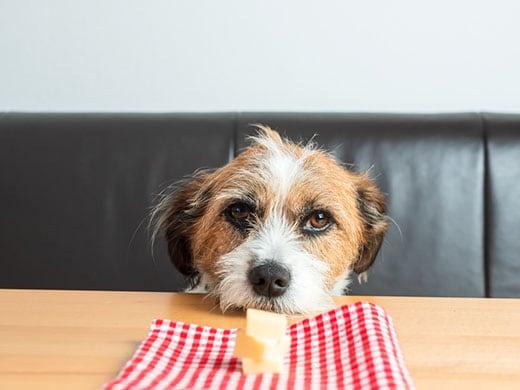


Tasty Tips
Is Cheese Bad for Dogs?
So, can dogs eat cheese? Or is it always a no-no? While there are some potential benefits of sharing cheese with your dog, the truth is that it may also cause them a host of health issues, including obesity and pancreatitis.
According to the ASPCA, "because pets do not possess significant amounts of lactase (the enzyme that breaks down lactose in milk), milk and other dairy-based products cause them diarrhea or other digestive upset." The takeaway: Don't give your dog cheese as part of their regular meal plan or as a frequent treat. While the food seems innocent, it could cause them major tummy trouble.
In addition to the issue of lactose, another problem with cheese for dogs is its high fat content. Feeding your dog fatty foods on a regular basis can lead them to gain an unhealthy amount of weight and can even cause obesity, which can in turn, lead to other health problems. According to the American Kennel Club, eating cheese can also cause pancreatitis, especially for breeds that are prone to pancreatitis like schnauzers and cocker spaniels, a serious and potentially fatal illness that can develop when dogs eat high-fat foods, which are hard for the pancreas to handle.
What About Cottage Cheese & Other Types?
Not all cheeses are created equal. Low-fat cheeses, such as mozzarella, cottage cheese and soft goat cheese may be healthier options for your dog than those with higher fat content. If shopping for dog-healthy cheeses, also be sure to take a close look at the ingredients. Some cheeses contain herbs and vegetables, such as chives or garlic, both of which can be toxic to dogs.
Before deciding whether to give your dog an occasional cheese snack, consult your veterinarian. They'll be able to help you figure out if it's an appropriate treat and if so, what kind of cheese would be best for them. Always remember, that with any food separate of your dog's normal food — including dog treats — should never account for more than ten percent (10%) of your dog's daily caloric intake. Just like humans, too many calories can lead to weight gain, which can lead to a host of other health conditions.


Erin Ollila believes in the power of words and how a message can inform—and even transform—its intended audience. Her writing can be found all over the internet and in print, and includes interviews, ghostwriting, blog posts, and creative nonfiction. Erin is a geek for SEO and all things social media. She graduated from Fairfield University with an M.F.A. in Creative Writing. Reach out to her on Twitter @ReinventingErin or learn more about her at http://erinollila.com.
Related products

Supports lean muscle and beautiful coat for adult dogs

Delicious roasted chicken paired with tender vegetables in a succulent stew

Gentle on stomachs while nourishing skin & supporting development in growing puppies

This weight management and mobility support dog food was created with Hill’s unique understanding of the biology of overweight dogs
Related articles
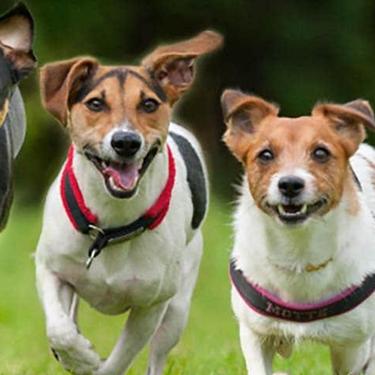
Selecting the right food for your puppy is a key to quality nutrition and a long, healthy life., Learn more about how to select the right puppy food.
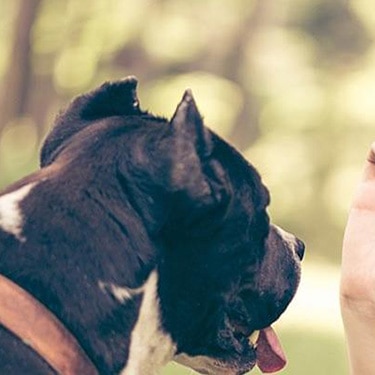
Learn what you can feed your pregnant or nursing dog to keep her and her new pups healthy.
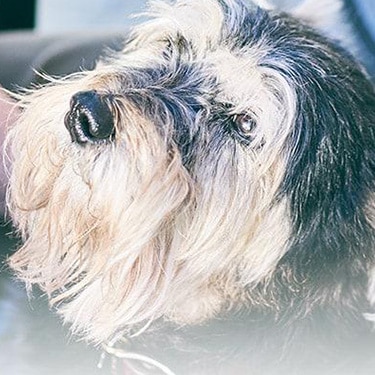
Though it may seem like your four-legged friend loves nothing more than to nap on the couch, dogs need regular exercise to stay healthy just like people do.
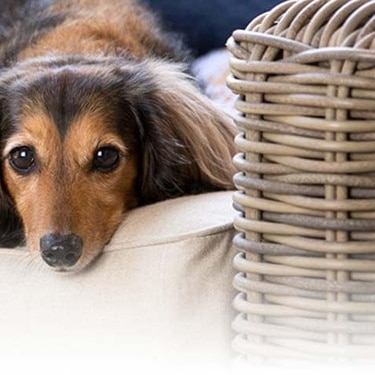
A dog with a sensitive stomach has special needs. Learn more about sensitive stomach symptoms in your dog, what you can do to help sooth your pet’s insides and get recommendations on sensitive stomach dog food.

Put your dog on a diet without them knowing
Our low calorie formula helps you control your dog's weight. It's packed with high-quality protein for building lean muscles, and made with purposeful ingredients for a flavorful, nutritious meal. Clinically proven antioxidants, Vitamin C+E, help promote a healthy immune system.
Put your dog on a diet without them knowing
Our low calorie formula helps you control your dog's weight. It's packed with high-quality protein for building lean muscles, and made with purposeful ingredients for a flavorful, nutritious meal. Clinically proven antioxidants, Vitamin C+E, help promote a healthy immune system.

